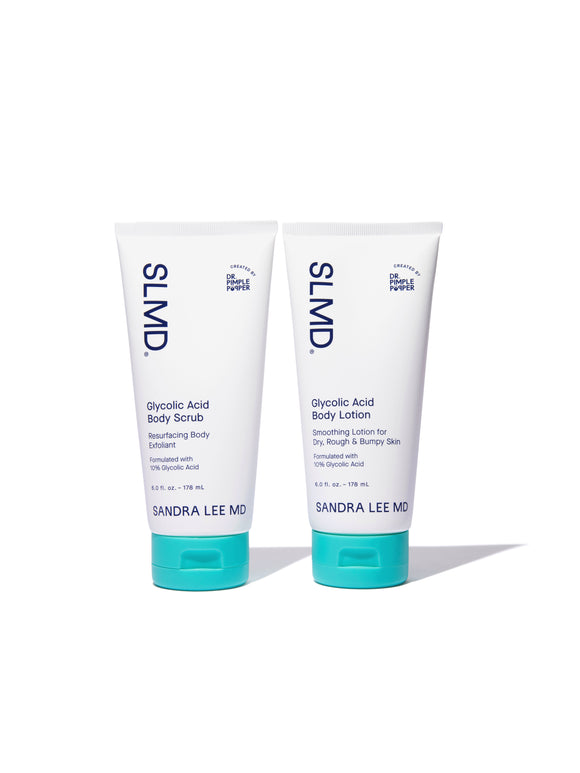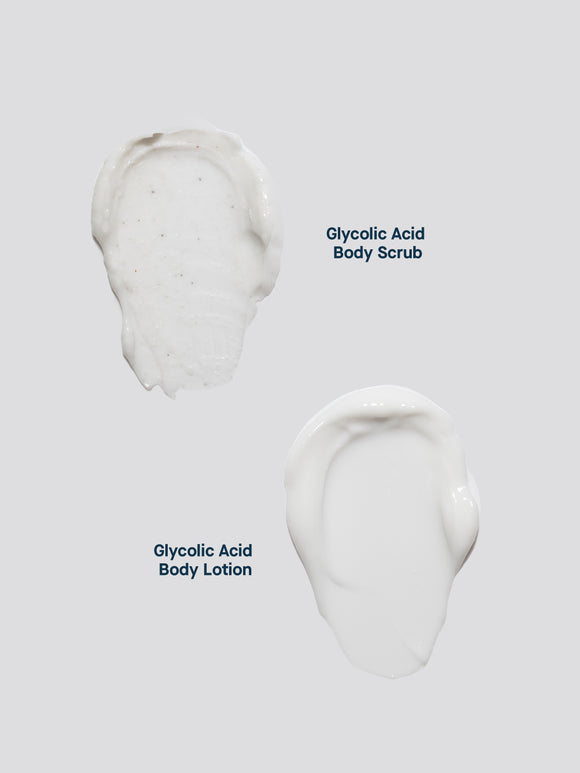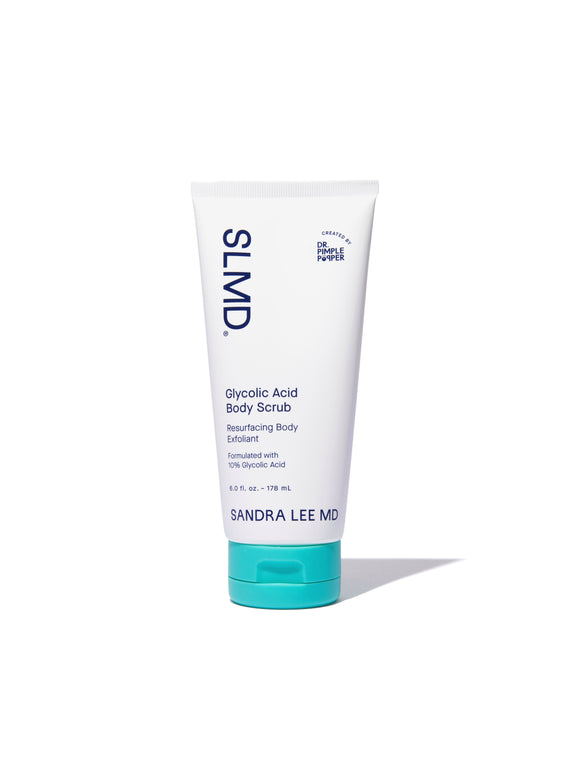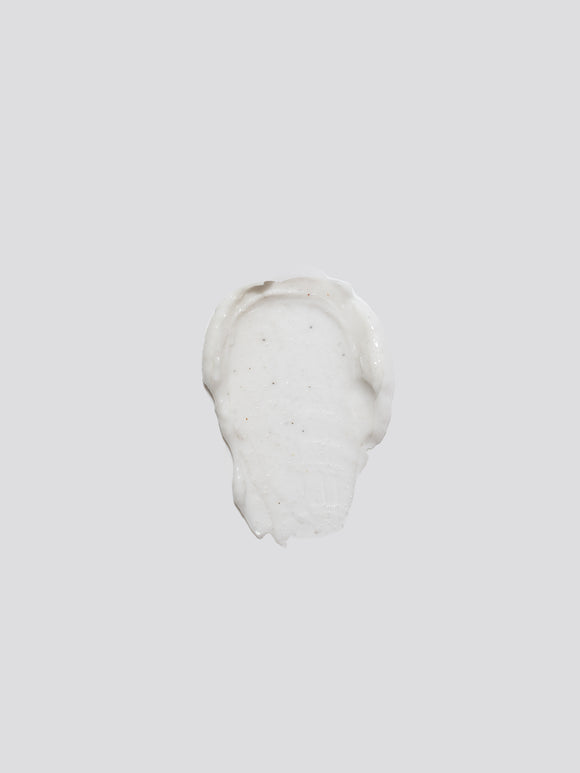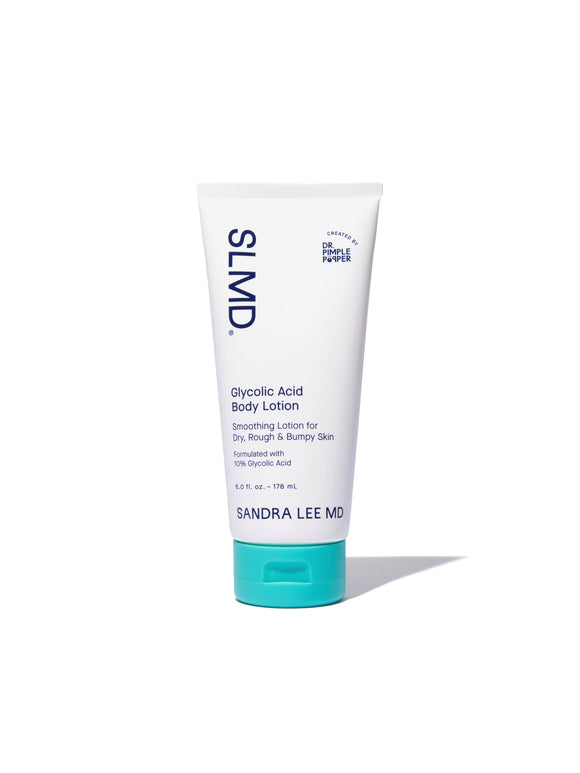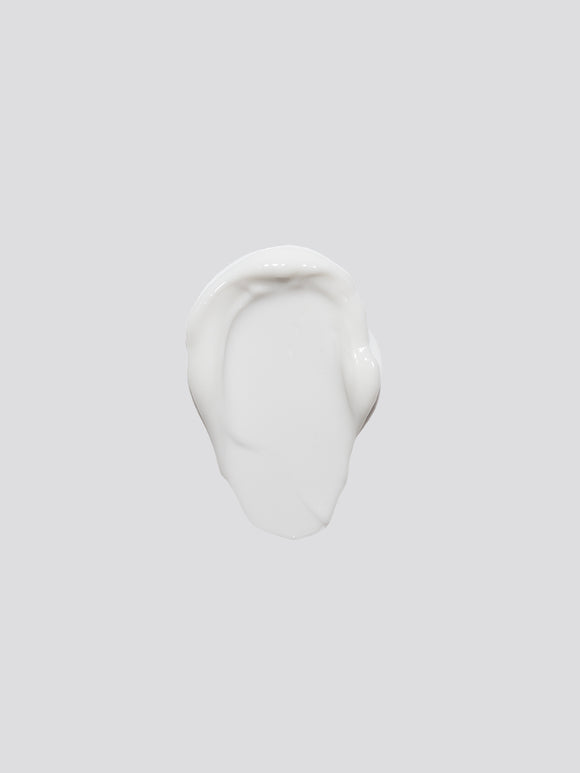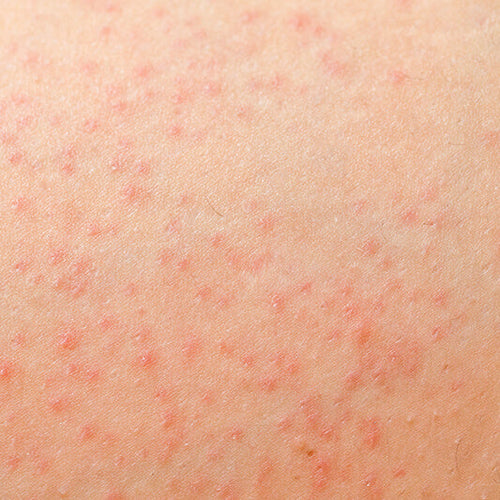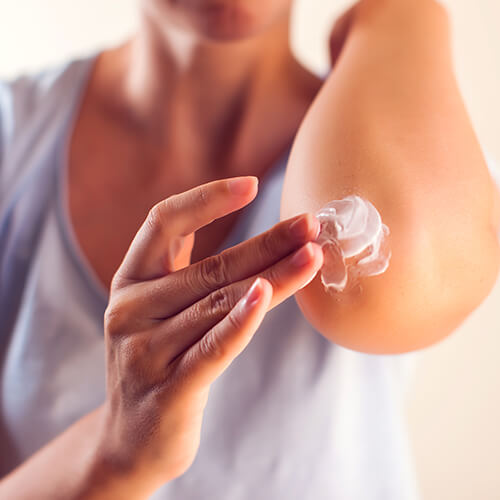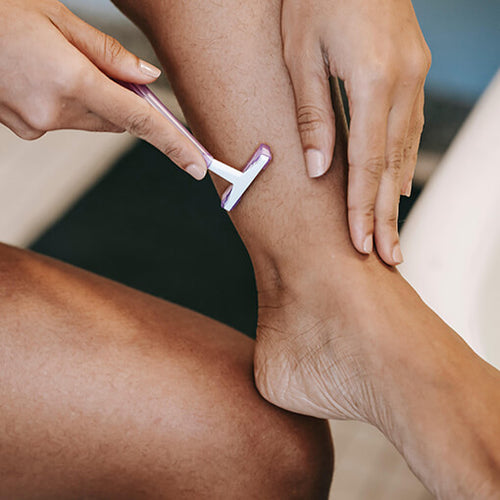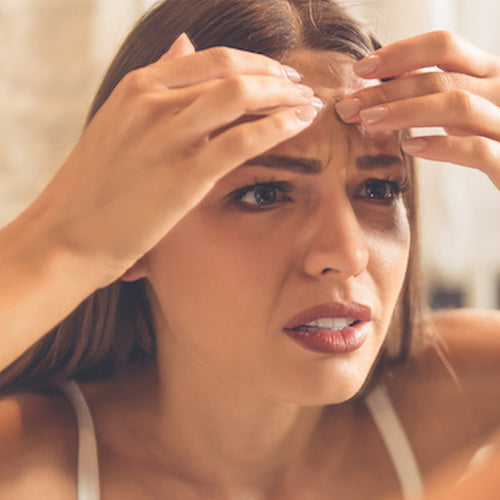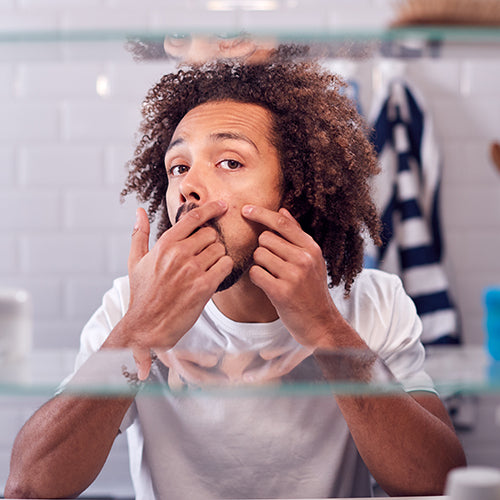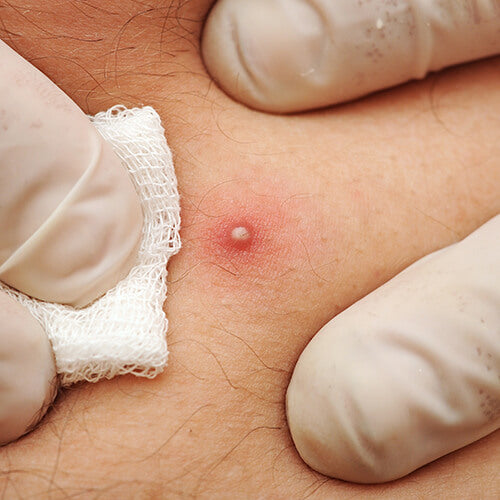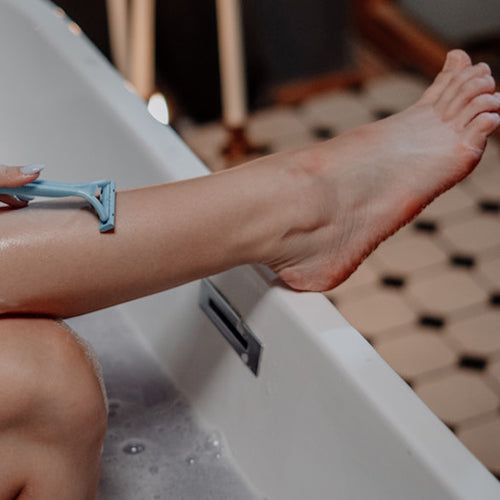
How To Treat & Prevent Ingrown Hairs
Everything you need to know about this extremely common — and treatable! — skin concern.
Published:
4 minute read
If you’ve ever shaved, waxed, or plucked hair anywhere on your body, you’ve more than likely experienced ingrown hairs. We're here to help you understand why you get them, how to treat them, and how to prevent them in the future. Ingrown hairs can be a common and annoying problem, but with the right knowledge and care, you can keep your skin smooth and healthy.
Article Quick Links
What causes ingrown hairs?
Ingrown hairs can happen to anyone, whether you’ve undergone some form of hair removal or not. However, people with very coarse or curly hair are more prone to getting pesky ingrowns, particularly if they shave. When you shave, you’re cutting hairs off right above the skin, often at a slight angle that makes them sharper than normal. This can cause hairs to curl back into themselves and grow again in that awkwardly curled position.
Instead of growing up and out of your skin as they should, these curled and newly sharpened hairs grow in a different direction — often directly back into your skin. When this happens, your body treats the ingrown hair as a foreign object that’s invading, which is why ingrown hairs are very often found underneath some sort of pimple or inflamed area.
These are the most common conditions that can lead to ingrown hairs:
- Improper shaving techniques: Shaving too closely or against the grain can cause hairs to grow back into the skin.
- Hair type and texture: Coarse, curly hair is more prone to becoming ingrown because of its natural tendency to curl back into the skin.
- Clogged follicles: Dirt, dead skin, and oils can clog hair follicles, forcing hairs to grow sideways under the skin.

How to treat ingrown hairs
Once you’re sure you’re dealing with ingrown hairs, you can proceed to treat them with the following methods:
- Stop hair removal: Pause shaving, waxing, or tweezing until the ingrown hair resolves.
- Warm compresses: Apply warm compresses to soften the skin and help release the ingrown hair. This method can help bring the hair to the surface, making it easier to remove.
- Exfoliation: Gently exfoliate the affected area to remove dead skin cells. Glycolic acid is an alpha hydroxy acid exfoliant that increases skin cell turnover. Try: SLMD Glycolic Acid Body Scrub, which contains both physical and chemical exfoliants to treat ingrown hairs and rough skin.
- Topical treatments: Use over-the-counter creams like hydrocortisone to reduce inflammation and irritation. For painful or inflamed ingrown hairs, benzoyl peroxide can help kill bacteria and calm the skin. Try: SLMD BP Acne Spot Treatment, which contains maximum-strength benzoyl peroxide to eliminate bacteria, reduce redness, and calm inflammation.
- Sterile removal: If you can see the ingrown hair, use sterilized tweezers or a needle to gently lift it out. Soak a washcloth in warm water and press it against the ingrown hair for several minutes to soften the area first. Keep reading for detailed steps on how to safely extract an ingrown hair.
Dr. Pimple Popper's Ingrown Hair Fixes
Is it bad to pick ingrown hairs?
While there’s no judgment in dermatology, trying to extract your ingrown hairs isn’t the best idea. Tweezing can do more harm than good, especially if the hair is deep under your skin. You might damage your skin and introduce bacteria into a newly opened wound, leading to pimples or infections. If you really can't resist taking action, make sure that it really is an ingrown hair and not a normal pimple. If you can see the little hair root underneath, then you can move along to getting rid of it.
How to extract an ingrown hair
- Soften the area: Soak a washcloth in warm water and press it against the ingrown hair(s) for several minutes. This will soften the hair and the skin around it, bringing the hair to the surface of the skin.
- Sterilize tools: Using sterilized tweezers or a needle, gently work out the ingrown hair by its end. Avoid plucking the hair out completely while it’s under the skin — instead, just pull it to the surface.
- Aftercare: If you can’t easily remove the hair, don’t force it. Try using the warm compress again, or leave the hair alone. Once you’re done, wash the area with warm water and a moisturizing soap. Apply over-the-counter hydrocortisone cream to reduce redness and inflammation.
How can I prevent ingrown hairs?
- Exfoliate regularly: Not only does this prevent dead skin cells from clogging up the hair follicle, it also prevents hairs from growing down into the skin and becoming ingrown. Try: SLMD AHA/BHA Swipes, with a cocktail of skin-healthy acids.
- Shave properly: Shave in the direction of hair growth, use a sharp razor, and apply a lubricating shaving cream or gel. Avoid pulling the skin while shaving.
- Moisturize: Keep the skin hydrated to reduce the risk of ingrown hairs. Try: SLMD Glycolic Acid Body Lotion, part of the Body Smoothing System, a 2-step exfoliating and moisturizing kit.
- Alternative hair removal methods: Consider using electric razors or depilatory creams. Laser hair removal is also a long-term option for preventing ingrown hairs.
- Post-hair removal care: Apply soothing and anti-inflammatory products after shaving or waxing to prevent irritation and ingrown hairs.


Dr. Lee's Last Word
Ingrown hairs can be pain — literally. But remember: they are treatable and preventable. By understanding the causes, following proper treatment steps, and adopting preventive measures, you can keep your skin smooth and healthy.



